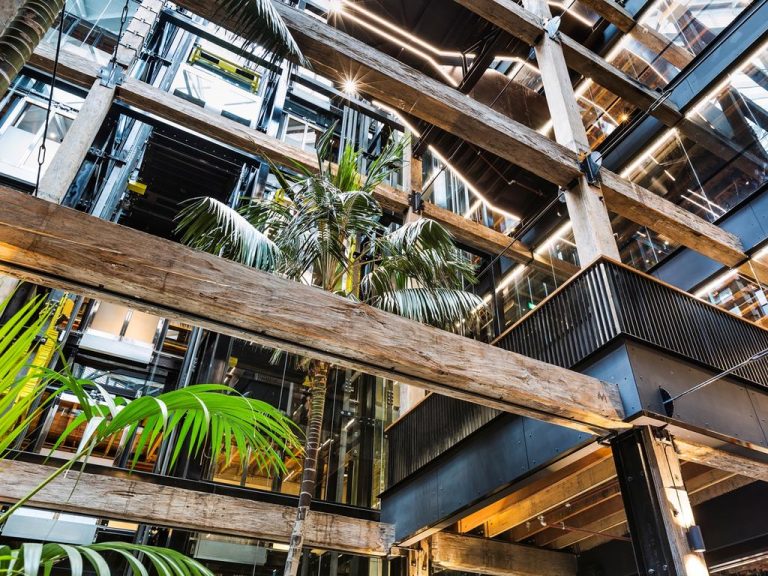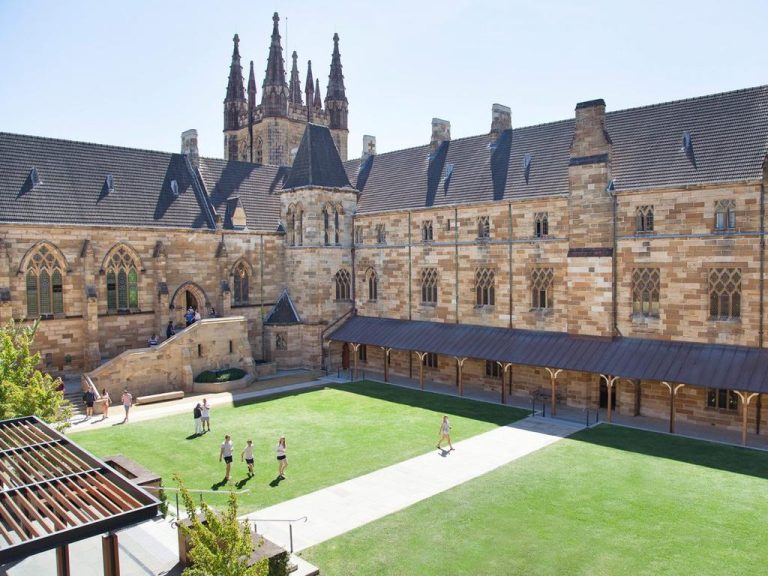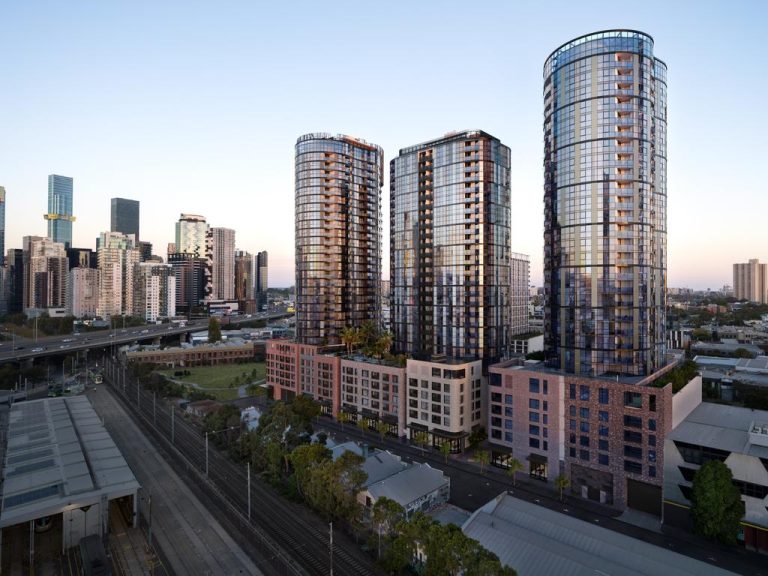Going green: is it worth it for existing buildings?
Australian building owners are upping the environmental ante in a bid to boost the value of their asset and attract more tenants and buyers.
 Wyndham Civic Centre in Melbourne’s outer west recently became the nation’s first building registered for the Green Buildings Council of Australia’s Green Star – Performance rating.
Wyndham Civic Centre in Melbourne’s outer west recently became the nation’s first building registered for the Green Buildings Council of Australia’s Green Star – Performance rating.
Management teams from more than 30 other buildings are now lining up for the rating tool’s pilot period, to help put their existing structures onto the same environmental footing as new buildings.
And the GBCA said up to 340 million square metres of non-residential building space could be influenced by the Green Star – Performance rating, which benchmarks existing buildings against nine environmental impact categories, including energy, transport, water, minerals, land use and emissions.
The GBCA said once a building owner knew how their asset rated, they could take steps to improve its performance.
GBCA chief executive Romilly Madew said there were compelling reasons to do this: “Increased economic benefits are the prime drivers of sustainable building upgrades, which include reduced operating costs, higher rents, greater occupancy, and higher resale value,” she said.
Ms Madew said the Property Council of Australia estimated the cost of running Australia’s commercial buildings at $27 billion dollars a year.
“Just a slight improvement in efficiency can yield a massive dividend,” she said.
Ms Madew said there was solid evidence that Green Star-rated buildings delivered consistently higher returns on investment than their non-green counterparts.
“The Building Better Returns report (2011), published by the Australian Property Institute and Property Funds Association, found that Green Star-rated buildings are delivering a 12% ‘green premium’ in value and a 5% premium in rent, when compared to non-rated buildings,” she said.
“The latest IPD Australia Green Investment Property Index, published in June, found that the ‘Green Star market continues to outperform’ the rest of the office market, delivering a 10.8 per cent annualised return, compared with 9.4 per cent for all offices.”
Earlier this year, GBCA research found Green Star-rated buildings emit about a third of the greenhouse gas emissions and use a third of the electricity of the average Australian building.
The Value of Green Star: A decade of environmental benefits research found Green Star-certified buildings in the study produced, on average, 62% fewer greenhouse gas emissions and used 66% less electricity than other buildings.
“Taken together, the 428 Green Star buildings have reduced electricity consumption by 580,000 megawatts per year. This reduction is equivalent to 5% of the Hazelwood Power Plant’s total annual output, or the same as 76,000 average households’ annual electricity use,” Ms Madew said.
“What’s more, the cumulative greenhouse gas savings from the Green Star-rated buildings surveyed, when compared to the average, totals 625,000 tonnes of carbon dioxide a year. That’s equivalent to removing 172,000 cars from our roads. “
In the City of Wyndham, Mayor Bob Fairclough said the council jumped at the chance to sign up for the Green Star – Performance Rating pilot program.
“We’ll be able to measure the environmental performance of the civic centre, identify pathways to improve the building over time and reduce its operational costs,” Cr Fairclough said.







